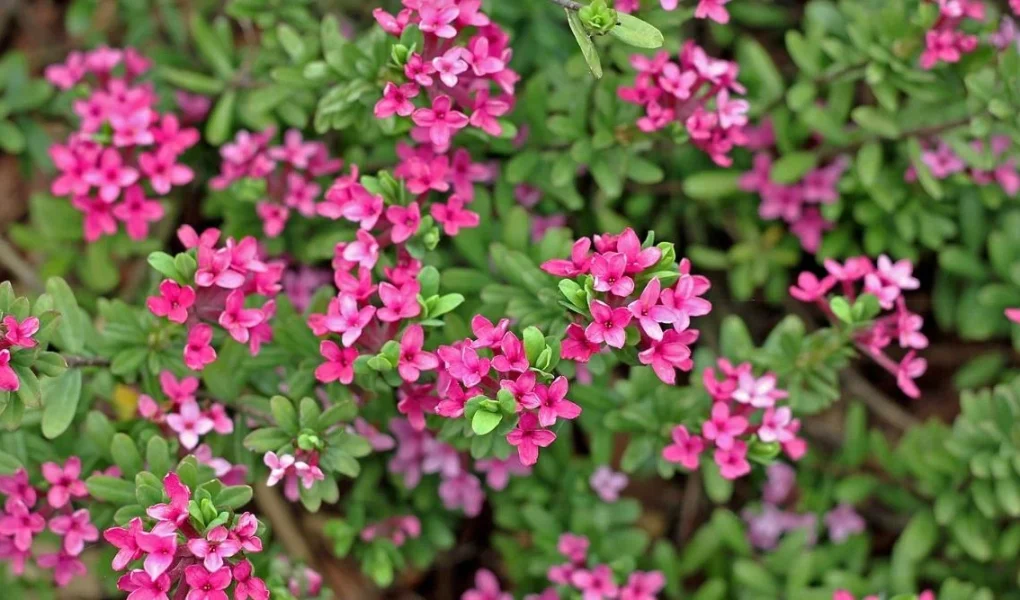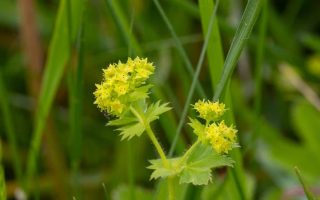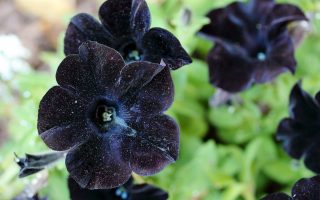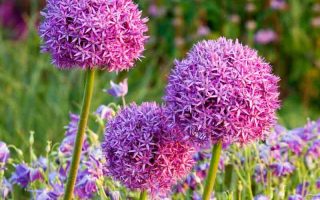kilkennybookcentre.com – Garland Flowers (Clerodendrum spp.), often referred to as “Glorybower” or “Kalar Samdani,” are known for their stunning, delicate blossoms and rich cultural significance. These flowering plants are native to tropical regions of Asia, Africa, and the Pacific Islands, where they thrive in warm, humid climates. With their beautiful flowers that resemble garlands, Garland Flowers are often used in traditional ceremonies and festivals, especially in South Asian cultures. Whether grown as ornamental plants in gardens or used in floral decorations, Garland Flowers are sure to add beauty and elegance to any setting.
Appearance and Characteristics
Garland Flowers are primarily known for their spectacular clusters of small, tubular flowers that form in cascading bunches. These flowers often come in vibrant shades of white, pink, blue, purple, and red. The blooms are delicate yet striking, and they possess a sweet fragrance that adds to their appeal. Garland Flowers generally grow as shrubs or small trees, with some varieties reaching heights of 6 to 12 feet, while others remain more compact.
The leaves of Garland Flowers are typically dark green, glossy, and ovate, providing a lush backdrop to the colorful blooms. The plant’s ability to produce abundant clusters of flowers over a long blooming period—typically from spring to late summer—makes it an attractive choice for gardeners seeking seasonal color and fragrance.
Planting and Growing Conditions
Garland Flowers thrive in tropical and subtropical climates where temperatures are warm year-round. They prefer full sun or partial shade and well-drained, fertile soil. These plants are typically grown in areas where they can be protected from frost, as they are sensitive to cold temperatures.
To plant Garland Flowers, choose a location with plenty of sunlight and space for the plant to grow. If planting in the garden, space the plants about 3 to 5 feet apart to allow for their wide spread. Garland Flowers can also be grown in containers or hanging baskets, making them a popular choice for patios, balconies, or terraces. Regular watering is important, especially during dry periods, but the soil should never become waterlogged.
Care and Maintenance
Garland Flowers are relatively easy to care for, but they do require some attention to ensure healthy growth and blooming. Water the plants regularly, keeping the soil moist but not soggy. Fertilizing Garland Flowers with a balanced fertilizer every 4 to 6 weeks during the growing season will encourage vibrant blooms and strong growth. Pruning is typically done after the blooming season to shape the plant and remove any dead or damaged branches.
Garland Flowers are susceptible to common garden pests such as aphids, spider mites, and whiteflies, which can be controlled with insecticidal soap or natural predators. Additionally, like many flowering plants, Garland Flowers may occasionally experience fungal issues, especially if the soil remains too moist or there is poor air circulation. Ensuring proper spacing and avoiding overhead watering can help prevent these problems.
Cultural Significance
In many parts of Asia, particularly in India and Southeast Asia, Garland Flowers hold significant cultural and religious meaning. The flowers are often strung together to create garlands, which are used in various ceremonies, including weddings, religious rituals, and festivals. In these traditions, the flowers are believed to bring good fortune, beauty, and spiritual significance.
The act of offering a Garland Flower garland to deities or loved ones is seen as an expression of respect, love, and devotion. In addition, Garland Flowers are often used in temple decorations, home altars, and as symbols of hospitality in many cultures.
Uses in Landscaping
Garland Flowers are incredibly versatile in the landscape. They can be used as ornamental shrubs, hedges, or small trees, providing vibrant color and fragrance to gardens and outdoor spaces. Their cascading clusters of flowers make them perfect for planting along garden borders, in tropical or cottage-style gardens, or in mixed perennial beds.
Because of their ability to climb and spread, Garland Flowers are also well-suited for trellises, arbors, and pergolas, where their vines can create a dramatic, floral display. When grown in containers or hanging baskets, they make excellent additions to patios, balconies, and decks, offering beauty and a pleasant fragrance in a compact space.
Conclusion
Garland Flowers are a beautiful and culturally rich addition to any garden. With their elegant, fragrant blooms and vibrant colors, they bring an air of sophistication and charm to landscapes. Whether used in traditional ceremonies, as ornamental plants in the garden, or in floral decorations, Garland Flowers offer a timeless beauty that continues to captivate gardeners and flower lovers worldwide. With minimal care and attention, Garland Flowers can provide months of colorful, fragrant blooms and become a cherished part of your garden or outdoor space.




